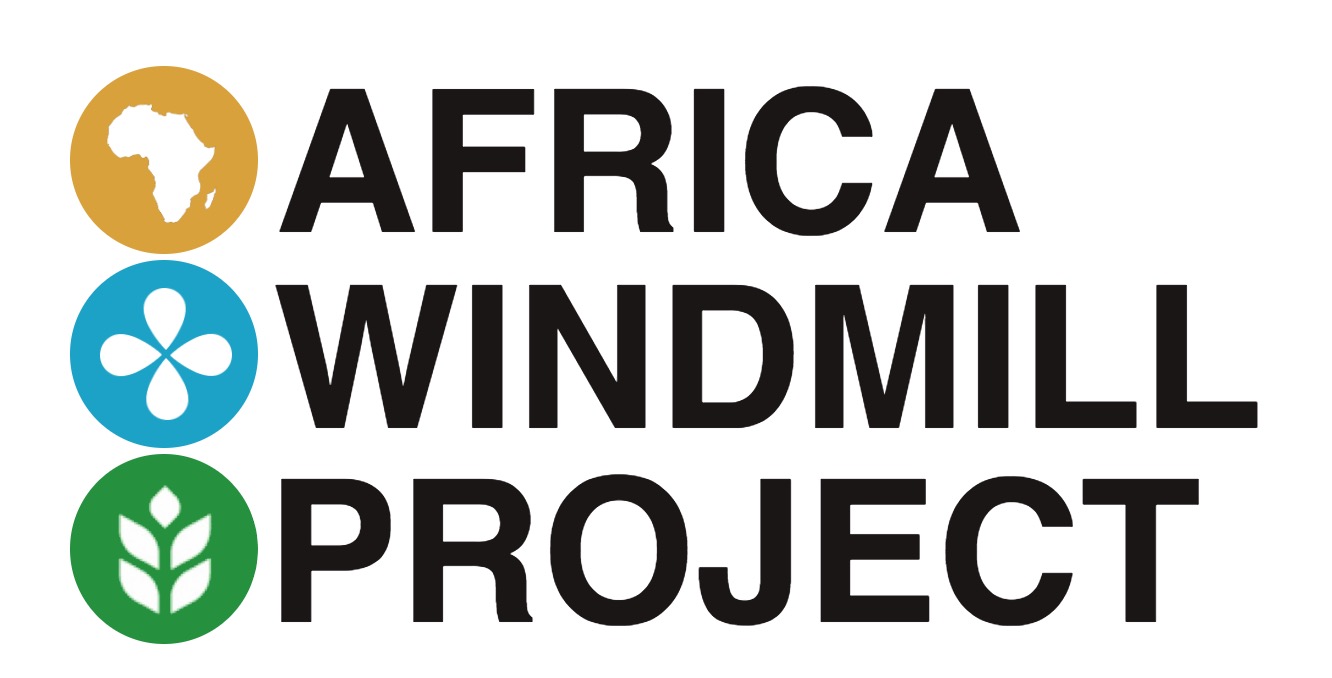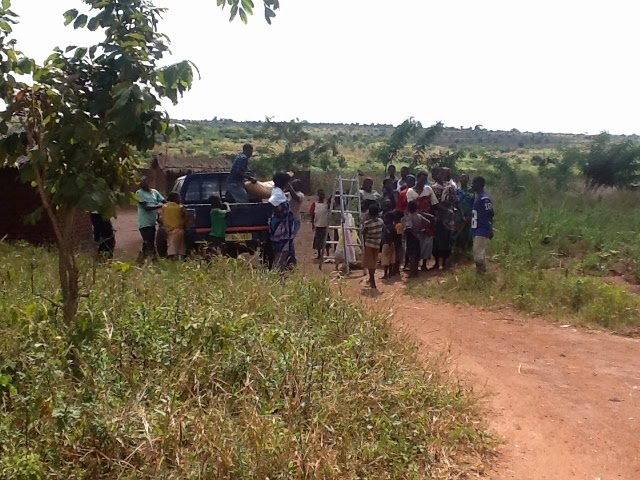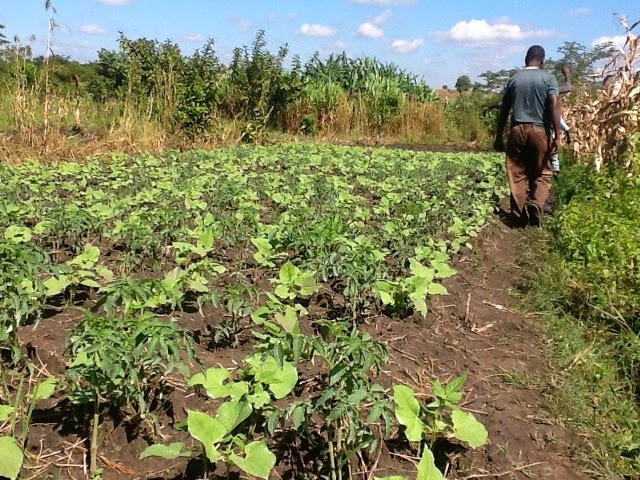HIV and Subsistence Farming
Subsistence farming is a tough racket. If you need food, you plant some seeds, and 2-3 months later, there's your dinner. This is reality for many people. A gap in food supply can be disastrous. And if on top of this reality a farmer is battling illness, the need for nutritious food and the struggle to produce it form a double edged sword that cuts both ways. For a person with HIV, the need for food is so much greater: more calories to maintain weight, and more nutrients to maintain health. Yet it becomes increasingly difficult to grow even what was previously sufficient.
It's like a law of nature that the struggle to grow food is proportional to how much you need it. Kids, the elderly, the sick, widows and orphans, all are more vulnerable to malnutrition, and all face greater obstacles to growing their own food.
This reality hits hard at Nasala where HIV is taking its toll on the community. Farmers have responded by relying on each other to make the work easier. Tomatoes promise a good income and provide vital vitamins in the diet. As a support group, the Nasala farmers share responsibilities of planting, watering, and harvesting the tomato plants. It's an unusual level of cooperation, born of necessity, and reaping dividends.
Still the challenges persist. All too often, funerals interrupt farming for days at a time. Medical needs trump farm inputs when it comes to spending household income. Fertilizer is difficult to come by. In the photo below, farmers pose in front of a tomato nursery between several compost heaps. The compost will reduce the fertilizer needs to half, without reducing yield.




